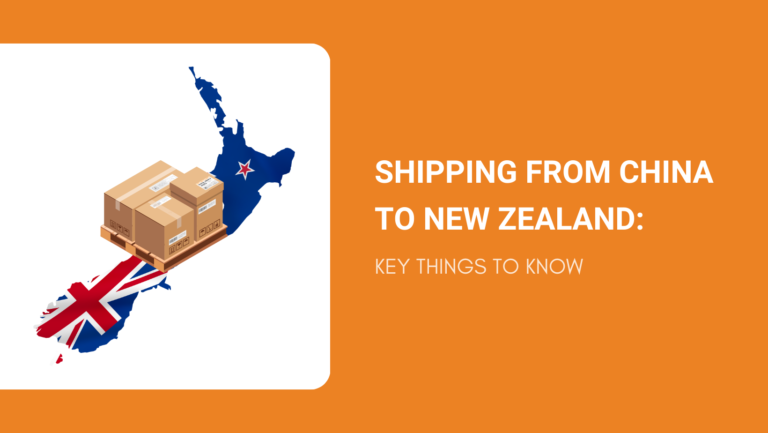Shipping goods from China to New Zealand presents a set of unique challenges, but also many opportunities for your business.
With China being one of New Zealand’s largest trading partners, understanding the intricacies of the shipping process is crucial.
To ensure your products move smoothly across borders, you’ll need to be well-versed in the ports of both countries, the associated costs, and the expected transit times.
Moreover, the essential documentation required for customs clearance in New Zealand must be considered.
This guide aims to provide you with all the necessary insights to navigate the complexities of international logistics between these two nations.
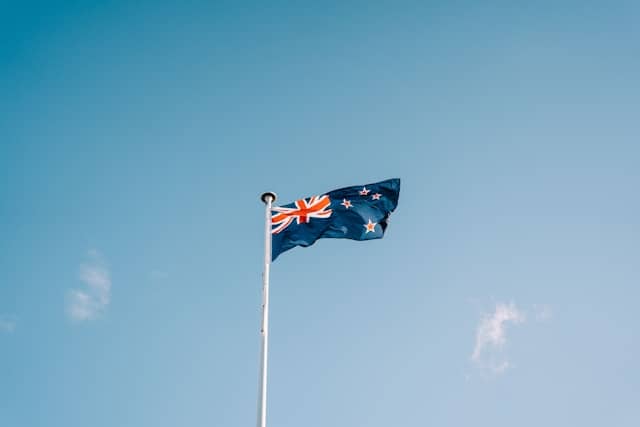
Choosing Between Sea and Air Freight
You have two main options when shipping from China to New Zealand: sea freight and air freight. Each has its distinct advantages, depending on the cost, speed, and type of goods you’re sending.
Sea Freight
Sea freight is a common choice for shipping large volumes or heavy items due to its cost-effectiveness. When considering sea freight, you need to understand the two main types of container shipping:
- Full Container Load (FCL): Ideal for larger shipments, FCL allows you to rent an entire container. This can be a more secure option since your goods are the only ones in the container, reducing the risk of damage.
- Less than Container Load (LCL): For smaller shipments, LCL lets you pay only for the space you use. However, since various shippers’ goods are combined in one container, it may take slightly longer due to the additional handling required.
Pros
- More affordable for large shipments
- Less restrictive on size and weight
- Reduces carbon footprint compared to air freight
Cons
- Slower, could take weeks for delivery
- Potentially subject to delays due to port congestion or customs
Top-Rated China Freight Forwarder
Expert Shipping Solutions for Your Needs
Air Freight
Air freight, offered by airlines such as China Airlines, Air New Zealand, and Qantas, is the fastest method for shipping goods from China to New Zealand. It is suitable for time-sensitive or high-value goods that necessitate quick delivery.
Pros
- Fastest shipping option, ideal for urgent shipments
- More reliable departure and arrival times
Cons
- More expensive than sea freight, especially for larger shipments
- Restrictions on size, weight, and types of goods that can be shipped
When choosing between sea and air freight, assess your priorities in terms of delivery speed, cost, and the nature of your products. By weighing the pros and cons of each method, you can make an informed decision tailored to your shipping requirements.
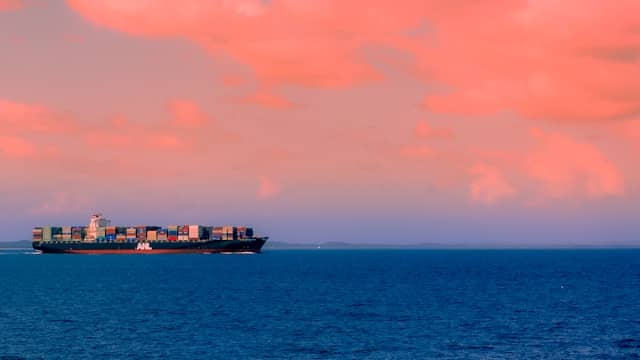
Major Chinese and New Zealand Ports
Chinese Ports
As you consider shipping from China to New Zealand, there are several key ports to keep in mind.
- In Shanghai, you’ll find the world’s busiest container port, capable of handling immense volumes of cargo with state-of-the-art facilities.
- Moving down the coast, Ningbo-Zhoushan is another major port known for its efficiency and deep-water berths.
- Qingdao offers not just sizeable cargo handling but also specializes in technological advancements in port operations.
- Up north, Tianjin serves as the primary maritime gateway to Beijing, offering expansive cargo services.
- To the south, Shenzhen stands out for its rapid throughput, while Guangzhou excels in both cargo size and the diversity of goods handled.
New Zealand Ports
On the New Zealand side, several ports stand out for their import capacity from China.
- The Port of Auckland is a critical hub for international trade and commerce in the country given its strategic location.
- Port of Tauranga is renowned for being the largest port in terms of volume, effectively handling extensive cargo shipments.
- Smaller yet significant, Port Nelson offers specialized services and facilities for certain types of cargo.
- Lastly, Wellington, the capital’s port, provides essential connectivity for cargo coming in from Chinese ports.
Shipping Costs from China to New Zealand
When considering shipping from China to New Zealand, knowing how shipping costs are calculated and the factors influencing them will help you better manage your budget and expectations.
Factors Influencing Shipping Costs
The shipping costs from China to New Zealand can be affected by various variables, such as weight, volume, and type of cargo.
A freight forwarder can be invaluable in navigating these costs. Taxes and import duties, including GST and customs duties, significantly impact the total expense.
Packaging tailored to protect goods while minimizing weight may reduce costs.
Incoterms agreed upon by the seller and buyer define who bears the shipping costs, insurance, and logistics responsibilities, which in turn influence the final price.
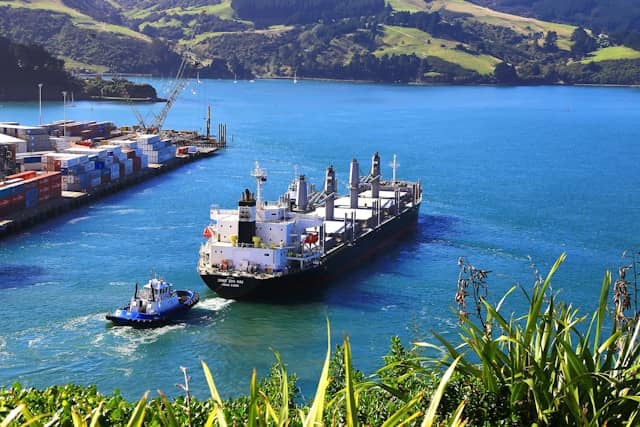
Pricing Estimates
To estimate the shipping costs, consider both freight charges and additional fees such as insurance, tariffs, and handling charges. There are different shipping methods, such as air and sea freight, each with varying costs.
Air freight is faster but typically more expensive compared to ocean shipping, which is cost-effective for heavier loads despite a longer delivery time.
Here’s a table to help you with a quick comparison:
| Shipping Mode | Price |
| Air Freight | $4.15-$6.1 per kg |
| Sea Freight (LCL) | ~$72 per CBM |
| Sea Freight (20ft FCL) | $1050-$1650 |
| Sea Freight (40ft FCL) | $1550-$3250 |
For the most accurate pricing estimates, you can use online calculators provided by logistics services or directly consult with freight forwarders for tailored quotes that include all duties and taxes.
Remember, fluctuations in fuel prices and international trade policies can affect shipping costs, so it’s always best to obtain a recent quote.
Transit Times from China to New Zealand
When you ship from China to New Zealand, knowing the transit times is crucial for planning and managing your supply chain effectively.
Factors Influencing Transit Schedules
Sea Freight: Ocean shipping typically takes 15 to 35 days, depending on several variables.
For instance, shipping from Shanghai to Auckland has an average transit time around this range. It’s important to remember that these times are subject to change based on factors such as port efficiency, weather conditions, and more.
Issues at the warehouse or manufacturing stage in China can also lead to delays before your goods even leave the port. Once the cargo is en route, the efficiency of the ports involved can either shorten or extend this timeline.
Additionally, the final leg of the journey, which includes customs clearance in New Zealand, could add time if there are any complications or hold-ups.
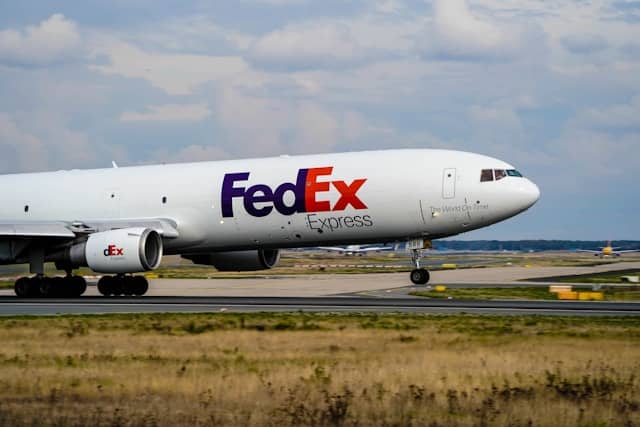
Air Freight: A quicker option than sea freight, air shipping can take as little as around 13 days and 5 hours, as found on routes such as from Shekou to Auckland.
However, air transit times can also vary due to factors like flight schedules, airport capacity, and weather conditions.
Customs Processes: Both for sea and air freight, the customs process can be a significant variable. Having all your paperwork in order and understanding the customs clearance procedures can save you time and avoid unexpected delays.
Dealing with international trade means you need to anticipate these issues. Planning for extra time and staying informed about global shipping trends can help you manage the unpredictability of transit times.
Working with experienced logistics partners can mitigate some of these unpredictable factors as they have the expertise to navigate such challenges.
Here’s a table summarizing average transit times and associated factors by shipping method:
| Shipping Method | Average Transit Time | Influencing Factors |
| Sea Freight | 15 – 35 days | Port efficiency, warehouse or manufacturing delays, customs clearance, weather conditions |
| Air Freight | ~ 13 days + | Flight schedules, airport capacity, customs clearance, weather conditions |
Remember that these are average times and actual experiences may vary. Monitoring and planning for variations in shipping, logistics, and international trade will help keep your transit times predictable as much as possible.
Essential Documentation for Customs Clearance in New Zealand
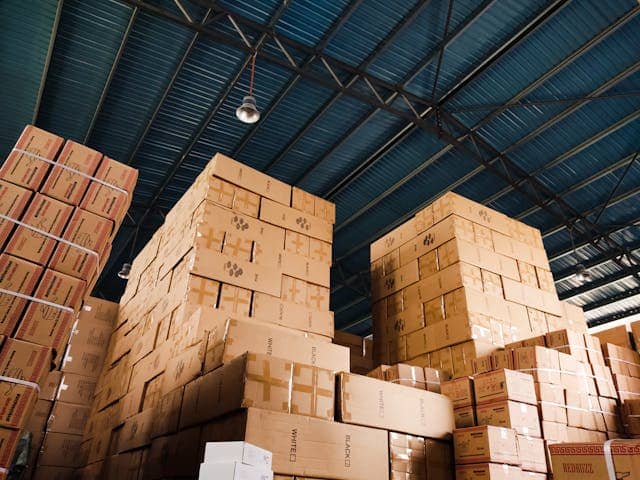
When importing goods from China to New Zealand, you need to present several crucial documents for customs clearance. Having these documents prepared and accurate will help ensure a smooth process.
- Commercial Invoice: This is the document that describes the goods you’re shipping, their value, and other important details. It’s used by customs to assess duties and taxes.
- Packing List: It outlines every item in the shipment, their quantity, and weight. Just like a checklist, it helps customs verify what’s in your cargo.
- Certificate of Origin: Sometimes referred simply as C/O, this verifies the country where your goods were manufactured. It’s important for determining tariff rates.
- Shipping Documents: These include the Bill of Lading or Airway Bill, which acts as a receipt and a contract between you and the carrier.
To assist with customs clearance, hiring a customs broker can be a wise move. They are professionals who ensure your documents meet all the regulatory requirements and facilitate the clearance process.
Here’s a friendly tip: Always double-check your documentation for accuracy and completeness. This can save you time and prevent potential hold-ups at customs.
For more detailed guidance and updates on New Zealand’s import regulations, you can refer to the New Zealand Customs Service or a trusted customs broker’s website for assistance.
Choosing the Right Shipping Partner
When you’re looking at shipping from China to New Zealand, choosing the right shipping partner is crucial. Your selection can determine the efficiency and reliability of your importing process.
1. Expertise in Logistics.
Ensure your freight forwarder has a strong background in logistics. They should have a solid track record of shipping to New Zealand. An experienced partner will navigate the complexities with ease.
2. Freight Forwarder Services.
Look for a freight forwarder that offers a range of services. This includes customs clearance, warehousing, and consolidation options. A comprehensive service offering streamlines your shipping process.
3. Clear Communication.
Partner with a company that provides clear and regular updates on your shipments. Good communication reduces misunderstandings and helps you plan better.
4. Cost-Effective Solutions.
Compare quotes to find a service that offers competitive pricing. But remember, the cheapest option may not always be the best in terms of service quality.
5. Reliable Network.
Your forwarder should have a reliable network of carriers. This means they can offer various shipping routes and modes, such as air and sea freight.
6. Customer Reviews.
Check customer reviews and testimonials. These can give you insight into the forwarder’s reliability and customer service quality.
Top-Rated China Freight Forwarder
Expert Shipping Solutions for Your Needs
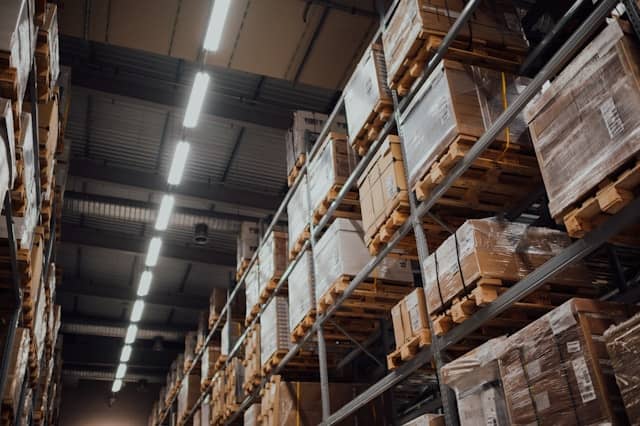
FAQs about Shipping from China to New Zealand
Navigating the complexities of international shipping can be challenging. Here’s what you need to know about import taxes, tracking parcels, and restricted items when shipping from China to New Zealand.
What Should I Know about New Zealand’s Import Taxes When Shipping from China?
When importing goods to New Zealand from China, you are likely to encounter import taxes, including duties, Goods and Services Tax (GST), and other possible levies.
In 2023, the GST in New Zealand is set at 15%. It’s important for you to consider these taxes as they can significantly affect the overall cost of your shipment. You can get a clearer picture by using an online duties and taxes calculator.
How Do I Track an International Parcel from China with NZ Post?
Once your parcel is sent from China, tracking it is straightforward with NZ Post. Simply use the tracking number provided by your shipper and enter it on the NZ Post tracking page.
This will give you live updates on the whereabouts of your parcel as it makes its way to New Zealand.
What Are the Prohibited and Restricted Items to Ship to New Zealand?
New Zealand has strict customs regulations to protect its biodiversity. Prohibited items include various drugs, offensive weapons, and objectionable material.
Additionally, there are restrictions on items like food, plant material, and animal products. For a comprehensive list and further details, refer to the New Zealand Customs Service’s prohibited and restricted items guide.
It’s essential to review this information before shipping to avoid legal issues and ensure smooth customs clearance.
Summing Up: Your Guide to Shipping from China to New Zealand
Navigating the complexities of international markets is crucial when shipping from China to New Zealand. Whether your items are traveling by air or sea, understanding the variables affecting transit is vital.
Key factors include the size and weight of packages, the nature of goods, and the mode of shipping: whether it’s full container load (FCL), less than container load (LCL), express, or standard air freight.
Be aware of the Free Trade Agreement between China and New Zealand which can have specific implications on your shipping costs and customs procedures, making trade between these two countries more seamless.
| Mode of Transfer | Consideration |
| Air Freight | Faster but usually more expensive |
| Sea Freight FCL | Cost-effective for large shipments |
| Sea Freight LCL | Suitable for smaller shipments |
| Express | Quick, door-to-door service |
Remember, transit times can vary with air shipping taking approximately 3 to 7 days, while sea freight is significantly longer but may be more cost-effective for heavier shipments.
Check applicable duties and taxes that will contribute to the total cost and inform your budgeting.
To simplify your shipping process and ensure a smooth experience, consider our comprehensive freight forwarding services. We handle everything from pickup at the supplier in China to final delivery in New Zealand, navigating customs procedures and documentation on your behalf.
If you’re looking to efficiently source products from China and ensure they safely reach New Zealand, reach out for a free sourcing quote and let us handle your logistics with care and expertise.
